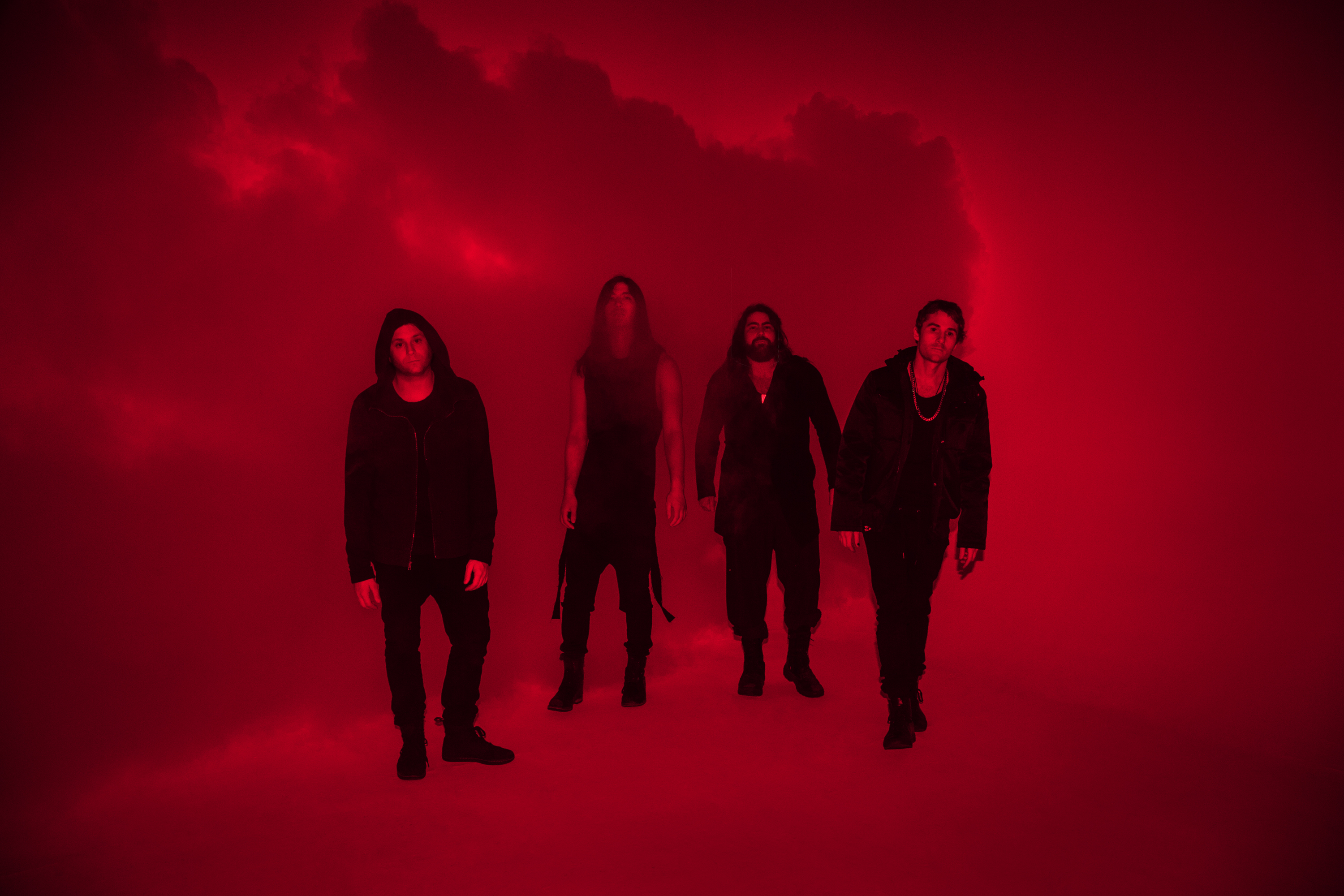Death Magic: HEALTH Finds The Perfect Prescription
Music Interviews
Musical acts shaped by praise are often ruined by it. The best artists rise from the ashes of previously perceived disappointment and turn their criticism of a previous work into something exceptional. Taking a page from some of music’s most self-effacing artists, such as Kevin Shields and Trent Reznor, HEALTH possess numberless albums that were scrapped due to their creative perfection complex. The Los Angeles noise-rock act HEALTH stood on the edge of oblivion and took six years to architect a near-perfect follow-up to 2009’s Get Color, Death Magic.
The six year lay-off was not entirely planned. According to bassist John Famiglietti, part of the band’s break was spending “…[M]ore than a year doing the score for Max Payne 3.” Following the year-plus scoring effort, the band wanted to establish a sound that they wanted to hear. “However, the rest of the time was [spent] really on us,” he says. “Mostly, we were trying to figure a way out to get our tunes to get the production sound you hear on Death Magic.”
After recording Get Color in 2009, the band felt disenchanted with its outcome. “We felt pretty bummed after making Get Color,” Famiglietti says. “We were extremely unhappy with the production sound and the guy we worked with, so we were determined to not put out a record until we got it to sound right.”
HEALTH’s determination for the right sound paid off. The ominous opening track, “Victim,” sounds like heavy steps taken by a confident assailant who knows where his victim is hidden. In contrast, “Stonefist” plays with welcomed accessibility. Filled with hooks and warm synth tones, the experimental noise ethos submit to what the song requires. Instead of becoming this generation’s version of Swans, the band embraces its multitude of electronic influences, including Depeche Mode and Nine Inch Nails. “We’re down for anything as long [as] we feel it is true to the HEALTH sound,” Famiglietti says. “The only rules we want to follow are our own aesthetic guidelines.”
Despite its pop sensibilities, Death Magic feels more confrontational than its predecessor. Each song feels unresolved. “Men Today” establishes a stout drum cycle that dramatically transforms into a death-like waltz tempo that quickly blends into “Flesh World.” The saw-like synth falls out entirely, giving way to four-on-the-floor with vocals reminiscent of Pet Shop Boys’ Neil Tennant. Despite creating a sound that the band wants, it also sounds at odds with its direction as well.
Live, however, HEALTH’s approach to melting audience faces has not changed. Frenetic, dynamic and unsettling, time failed to disrupt the band’s chemistry. “Well, the show you’re seeing now is our new HEALTH 2.0 sound,” Familgeletti says. “We’ve made lots of sonic improvements to our live set especially so the old songs fit in with the new ones and the fans really love it.” Their self-professed “tour tight” edition evolved during the European leg of their current tour. The version that audiences are seeing now developed since the beginning of the year while touring with Interpol.
HEALTH also realize the need for more video exposure in the age of YouTube. Despite the demand for music videos, the band views them as a necessary evil. “Music videos are a real ass pain,” Familglietti says. “One video can easily cost more than an entire record and it’s really hard to live up to or create a filmic identity that can match what a listener’s imagination will create just listening to a cool tune. But if you have a musician with real star power or who’s really attractive, they’re pretty essential. It’s a tightrope. Try your best to make em good.”
Despite fans of the band were worries that HEALTH was taking a page out of Tool’s book, releasing one album every quarter century, Death Magic’s present success should assuage those concerns. They have put out an album that sounds unmistakably “right.”
